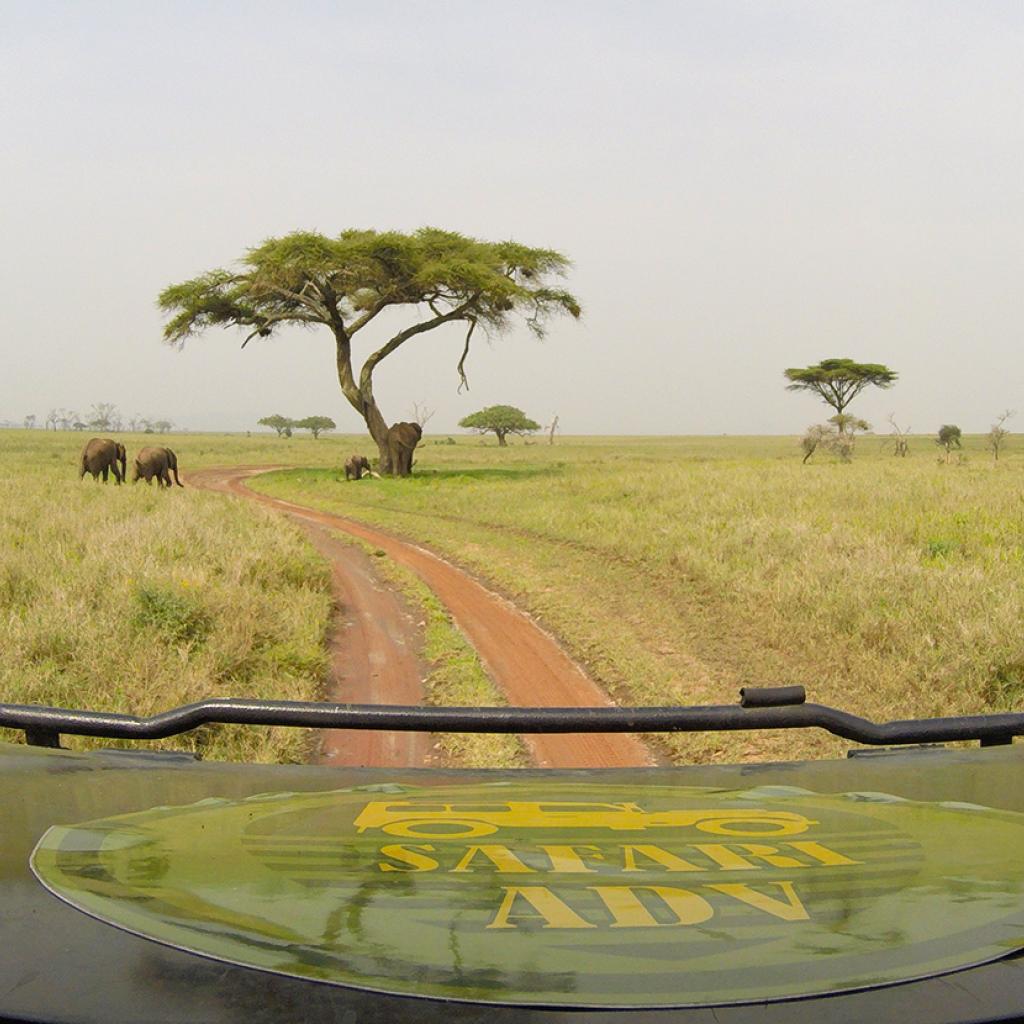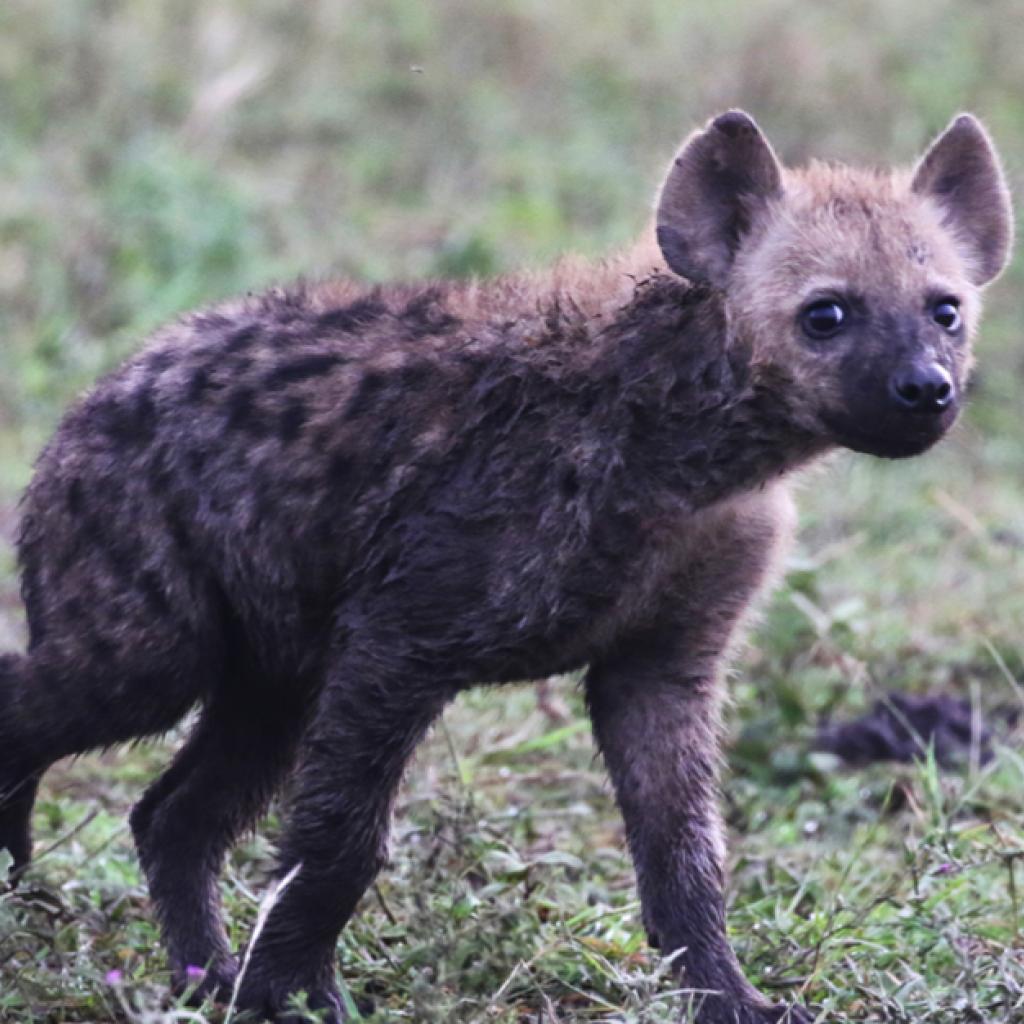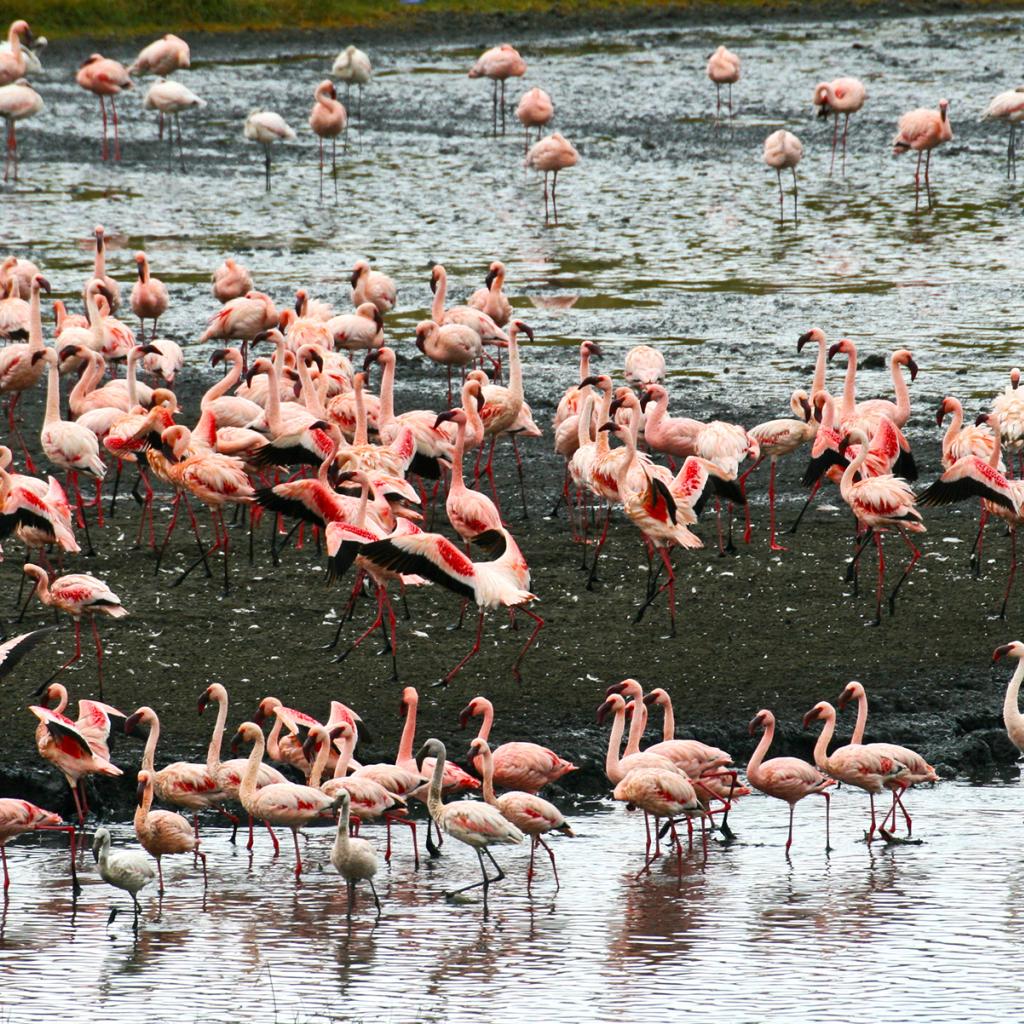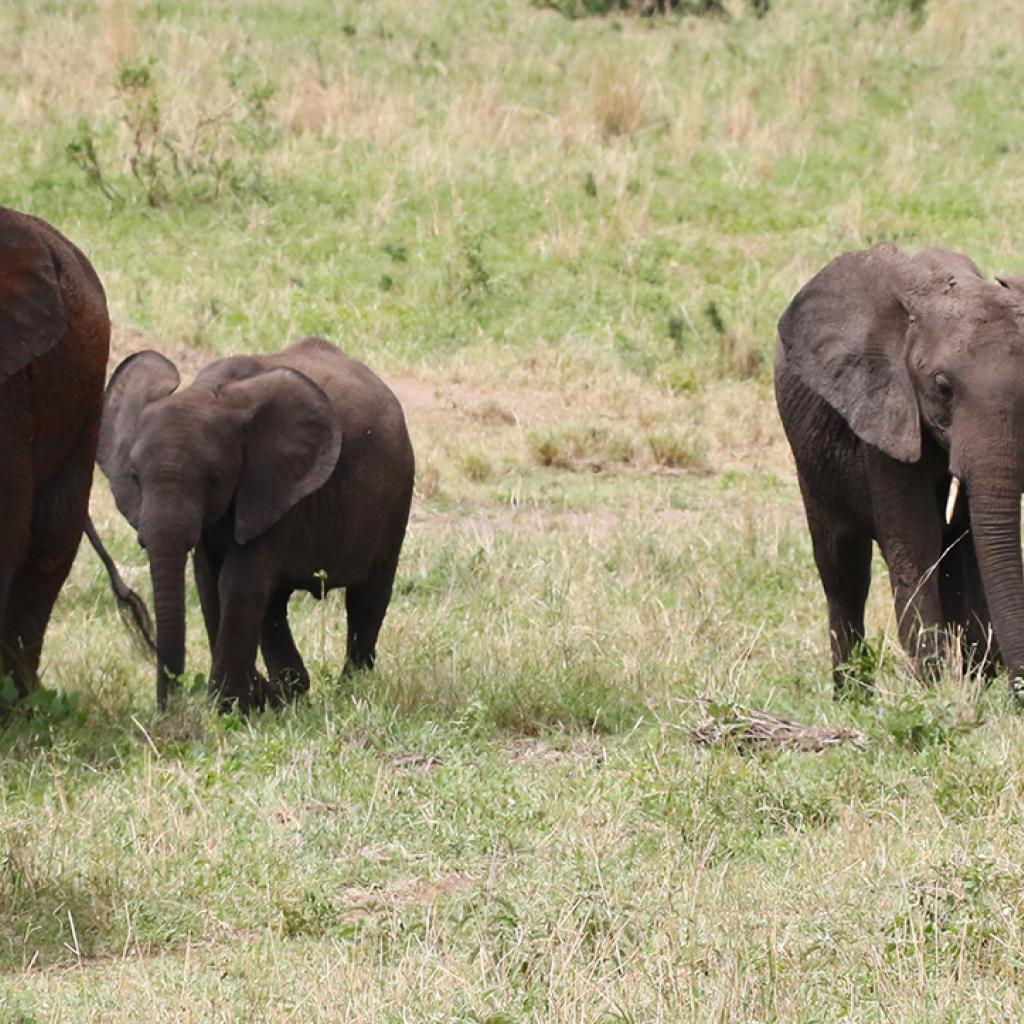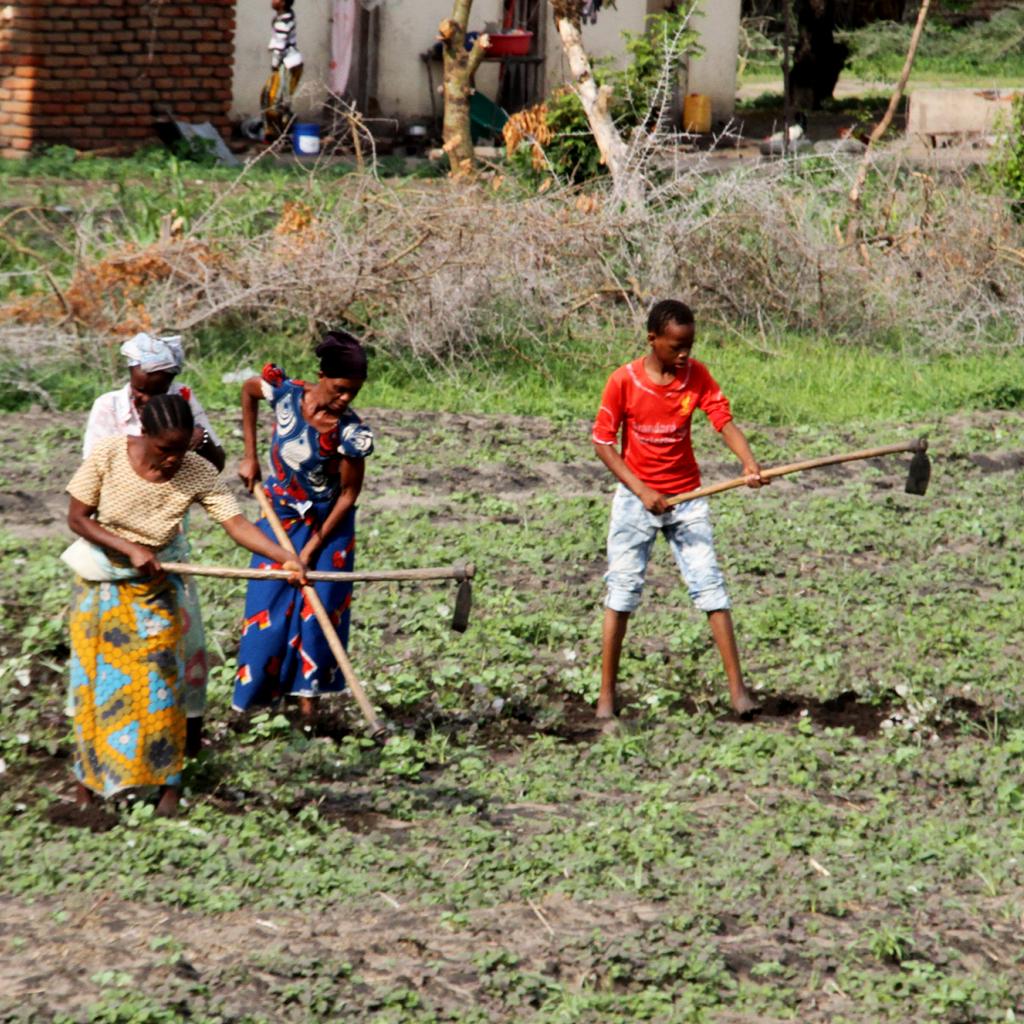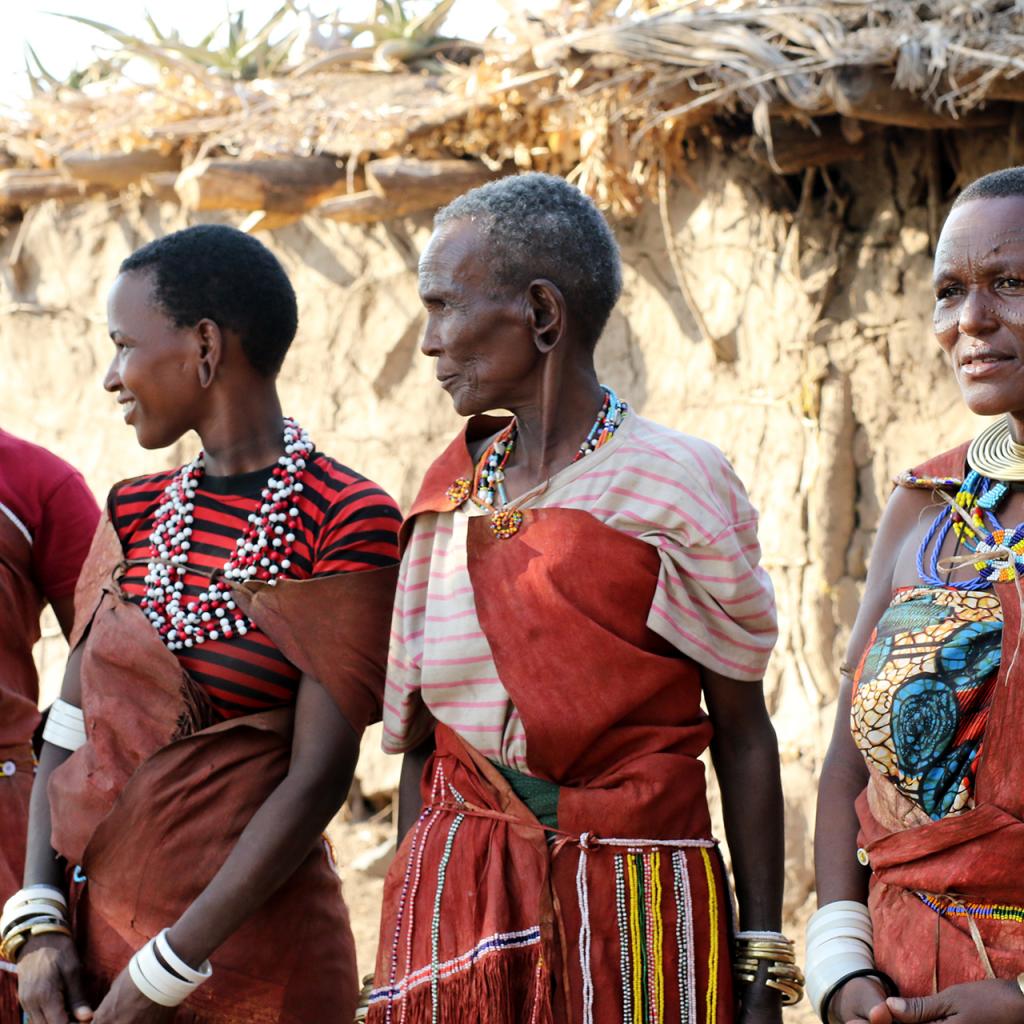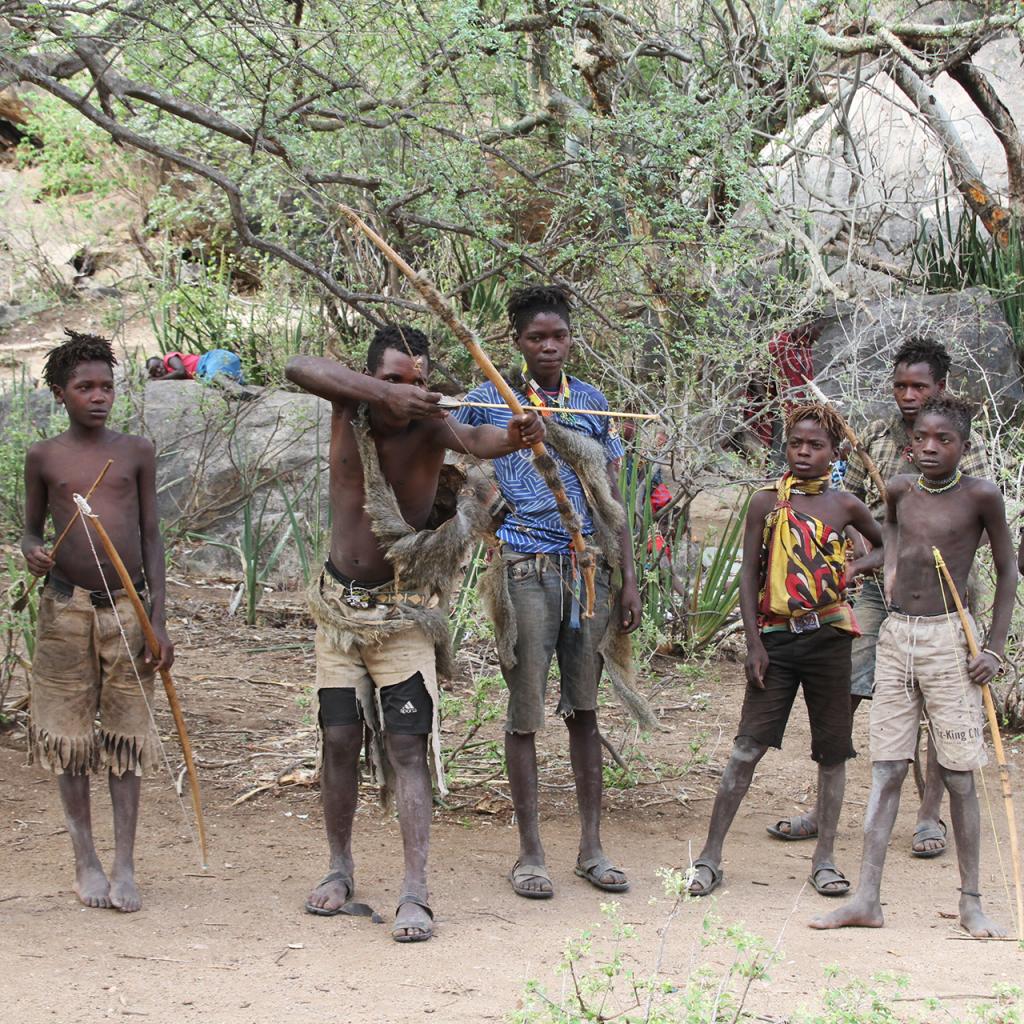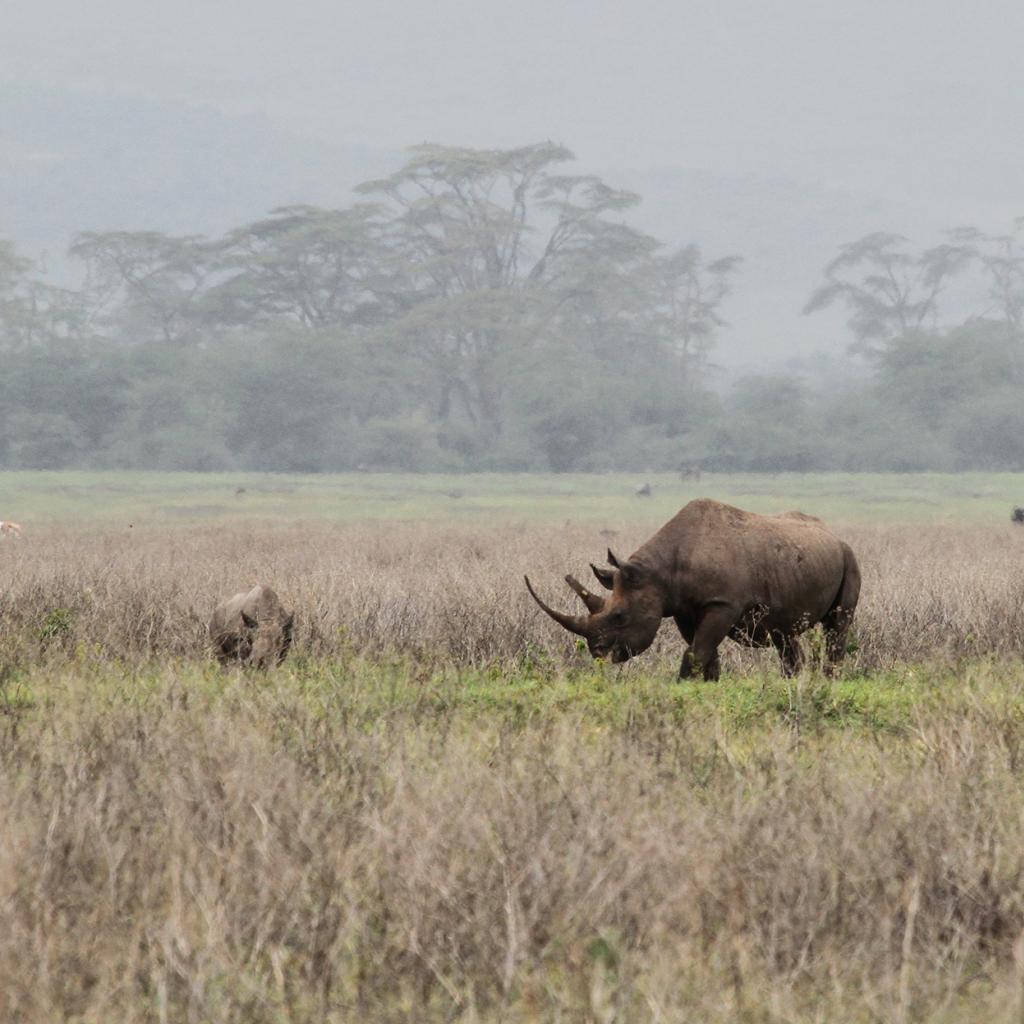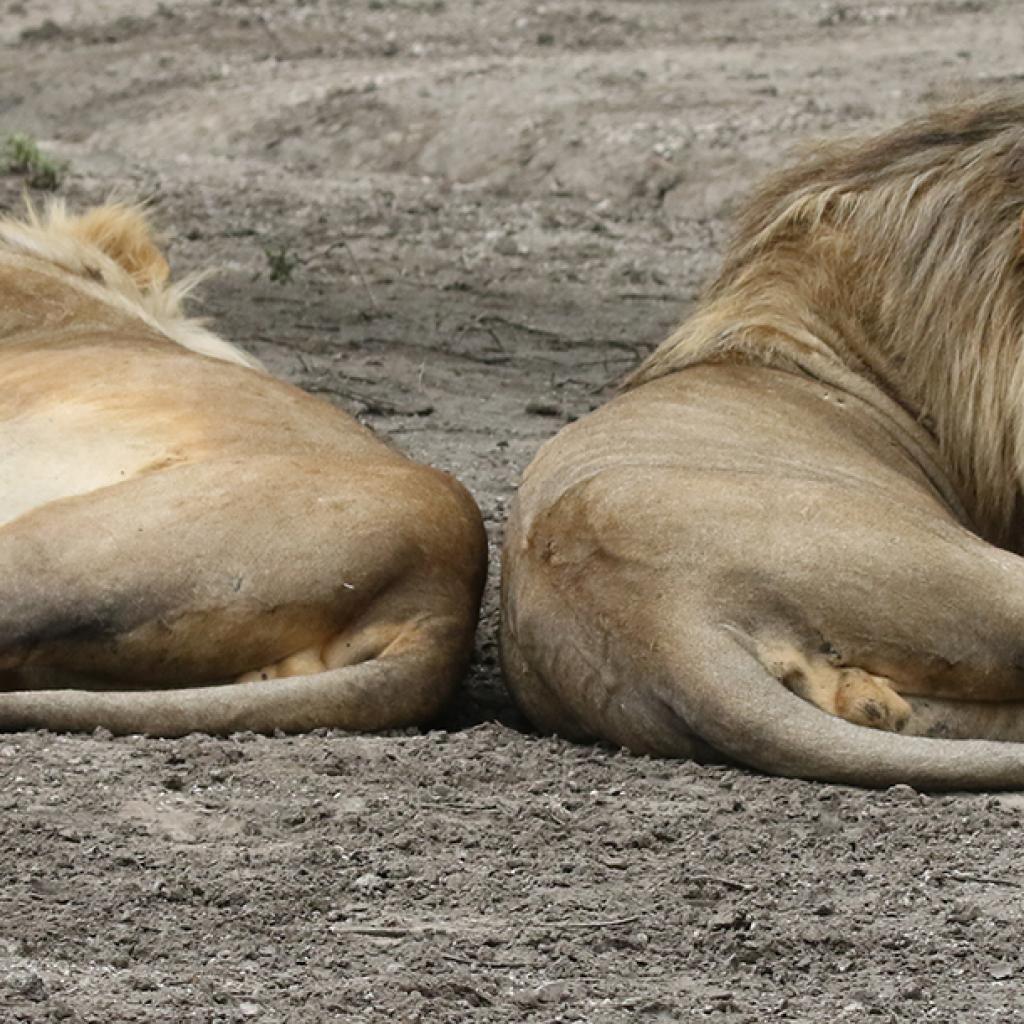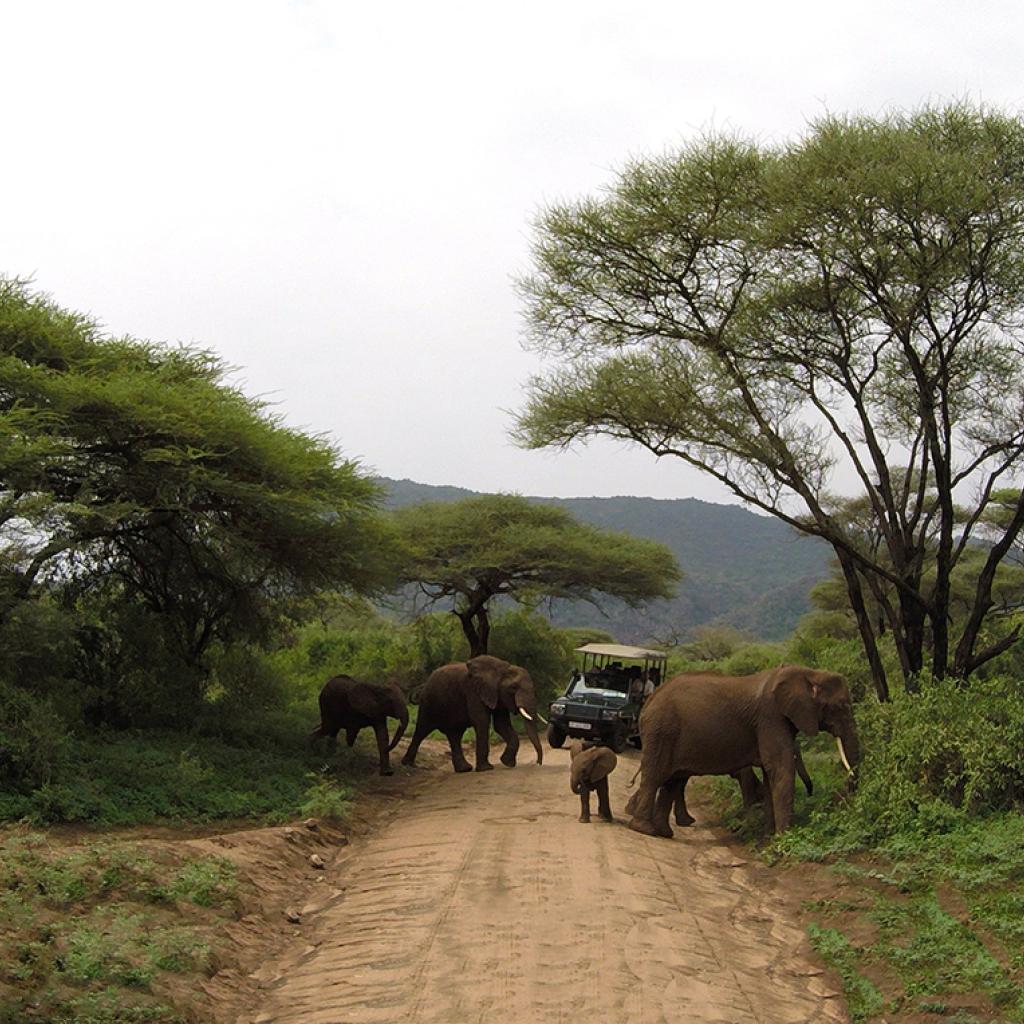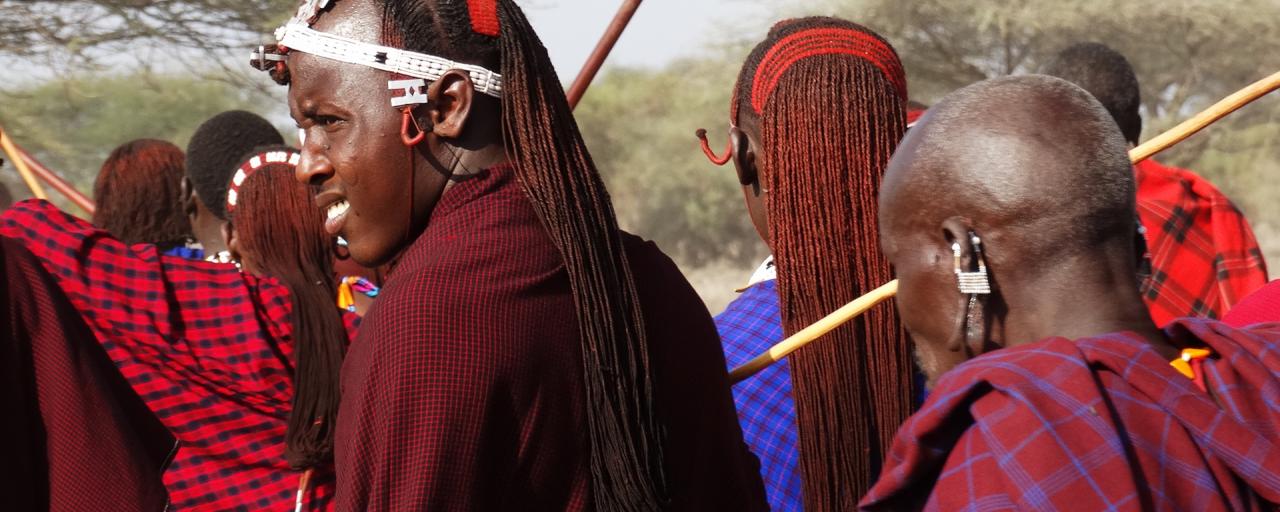
Maasai people - Photo Credits: Stefania Maggioni
The Maasai tribe
During our trip to Tanzania we met different populations characterized by very different lifestyles and traditions.
Among the most traditional and conservative populations are the Maasai.
This people, famous for their clothing and for the fame of proud warriors, live in the Ngorongoro Conservation Area, the Maasai steppes and the lands around the village of Mto Wa Mbu, between the Tarangire National Park and the Lake Manyara National Park.
The Maasai still live in traditional villages consisting of huts, that have been made with the same technique for thousands of years, using only branches, mud and dung, and protected by a fence made of thorny branches of acacia.
It is possible to visit a Maasai village but it is good to pay attention to which one decides to visit, some villages live only in function of tourism, omitting their traditional activities; usually you are greeted by the dance of the Moran, the Maasai warriors, but it is only performed for tourism, it is little genuine.
However, there are still some real villages where life goes slowly as in the past, maybe they are in areas a little more remote, but they deserve a detour from your path; it is better to go to these villages early in the morning or in the evening, in order to see the herds coming out of the village or watch them come back and see and try their milking.
For the Maasai livestock represents their wealth and expresses their social status, a large number of cattle allows a man to have more wives, as well as a greater availability of milk.
Milk is the fundamental food in the Maasai feeding, the cattle are very rarely slaughtered; usually during the celebration of ancestral rituals and ceremonies.
The cattle are kept at night in an enclosure in the center of the village, to prevent wild animals from attacking them or being stolen by other populations.
The visit to a Masai village is also a way to get in touch with a population that, until today, has almost completely refused the progress, you can witness the work of women, first responsible for the maintenance of the huts and the preparation of meals .
In addition to milk, always present in the diet of the Maasai, women prepare a simple white corn polenta called ugali, it is nice to see them next to the fire turning the mixture with a kind of wooden spoon.
Having the possibility it is interesting to enter a hut, the feeling is a bit claustrophobic due to the absence of windows, sometimes women cook inside the huts and the smoke thins very slowly from a small hole in the roof of the hut, and this means that the air inside is almost unbreathable and one wonders how they can resist.
They then explain us that smoke and darkness are excellent repellents for flies and midges but honestly the air is a bit too heavy for those not used to.
Along the streets we saw some kids trying to attract the attention of travelers: even if they inspire sympathy it would be good not to stop and above all not give them gifts or money, otherwise, instead of going to school and, later, to work, they get used to begging.
During our trip we noticed guys completely dressed in black and with white drawings on their faces, they are the guys who have passed an important initiation rite like circumcision.
We also had the good fortune of spending time in a Maasai market, that is held on the road connecting Arusha to the Ngorongoro Conservation Area before the detour that leads to the Tarangire National Park.
The Maasai market is held here only once a week, on Sunday.
The market is a riot of colors and fragrances, it is divided into areas, each one dedicated to the sale of a product, for example, women sell and buy the fruits of the harvest, such as onions, bananas, tomatoes and other products, in the wider area of the market; in a more isolated part we find the men who are busy preparing the meat, that is roasted on the coals, contained in a large iron barrel.
In the central part of the market there is an area where various products are sold, from beads necklaces that the Maasai wear in large numbers, to shuka, the typical blanket, usually red, characteristic of Maasai clothing; there are also products for hygiene and body care and other objects such as obsolete technology and tools, in addition to the typical Maasai sandals, made with the used car tires.
It is always interesting to visit a market, because it allows you to grasp some aspects of everyday life, it is curious to note how the Maasai come to the market aboard old Land Rovers, overloaded with people and products, so that some are just hanging behind to the vehicle.
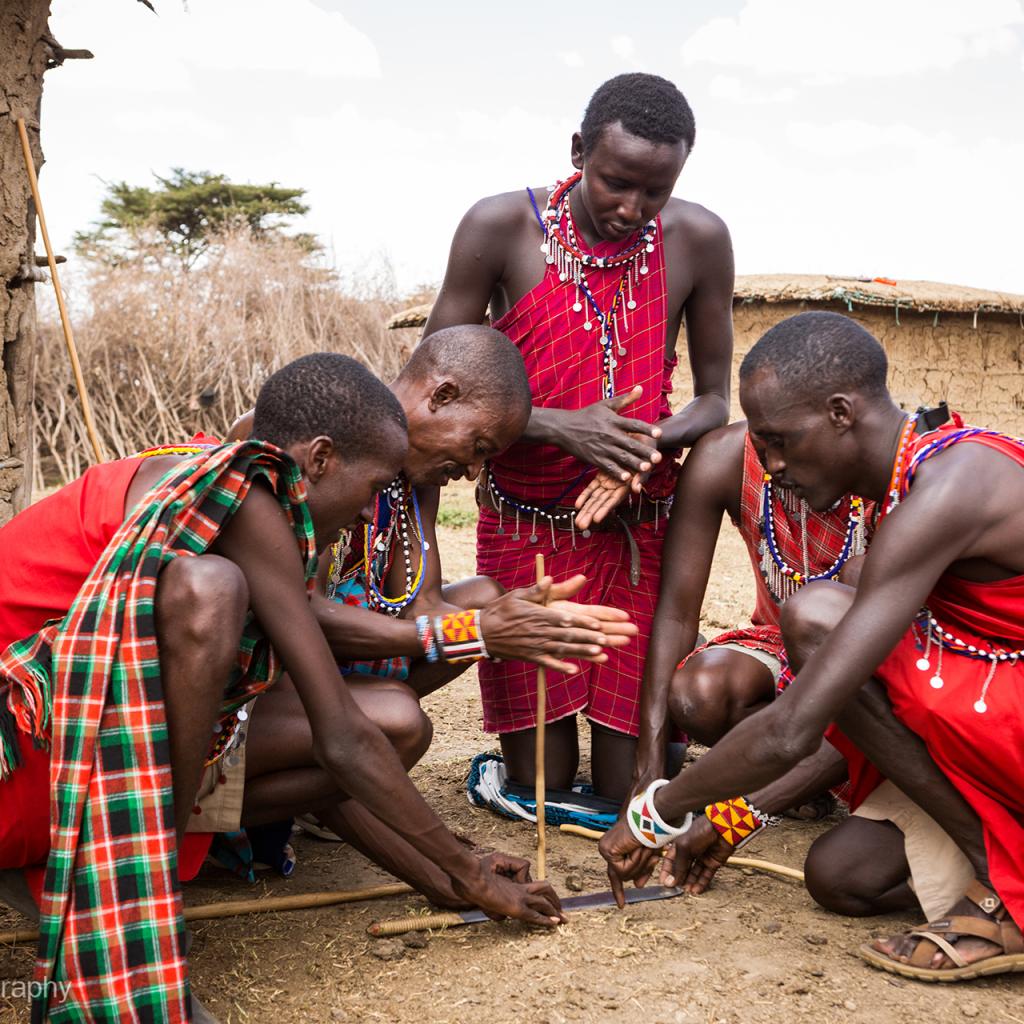
Maasai people - Photo Credits: Beth Wilson


